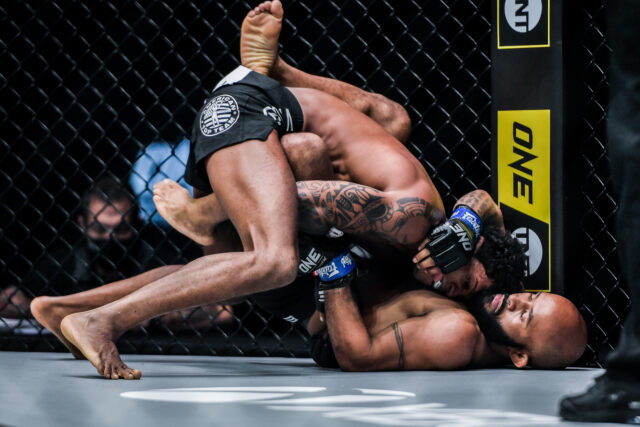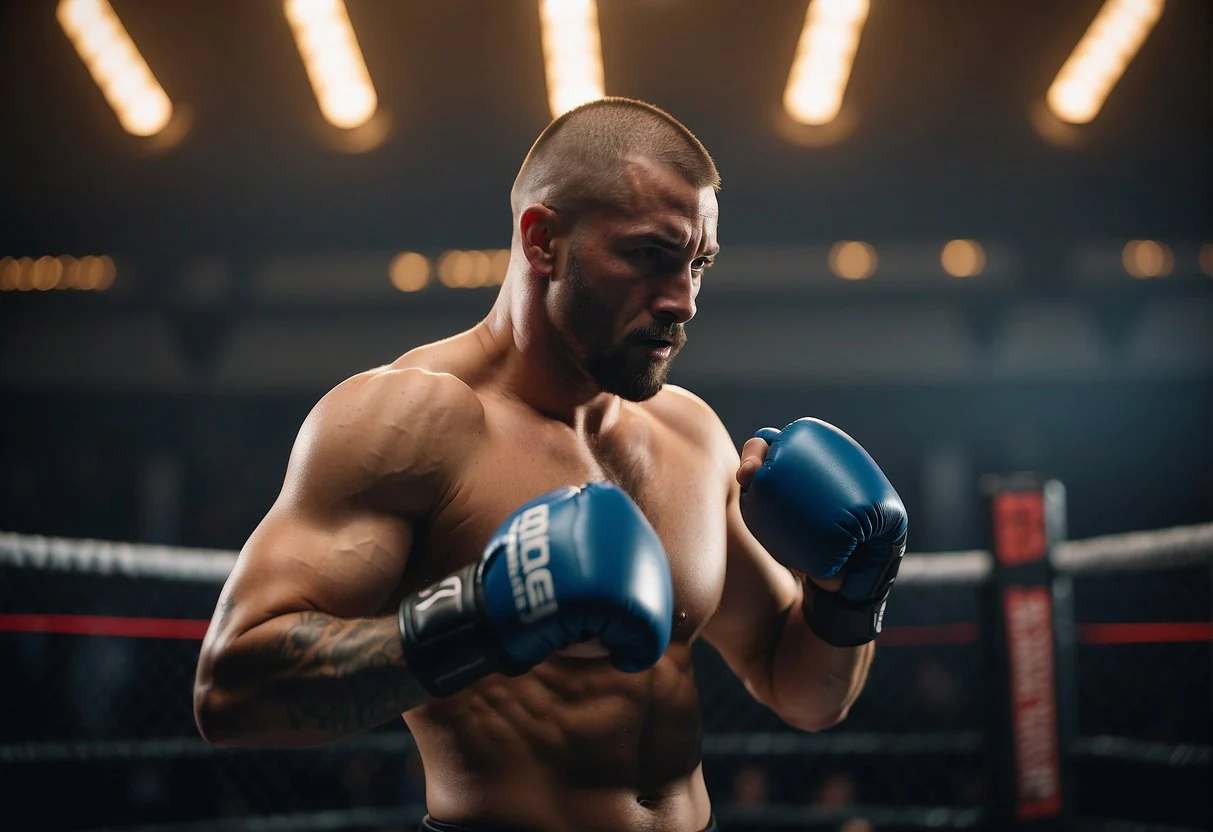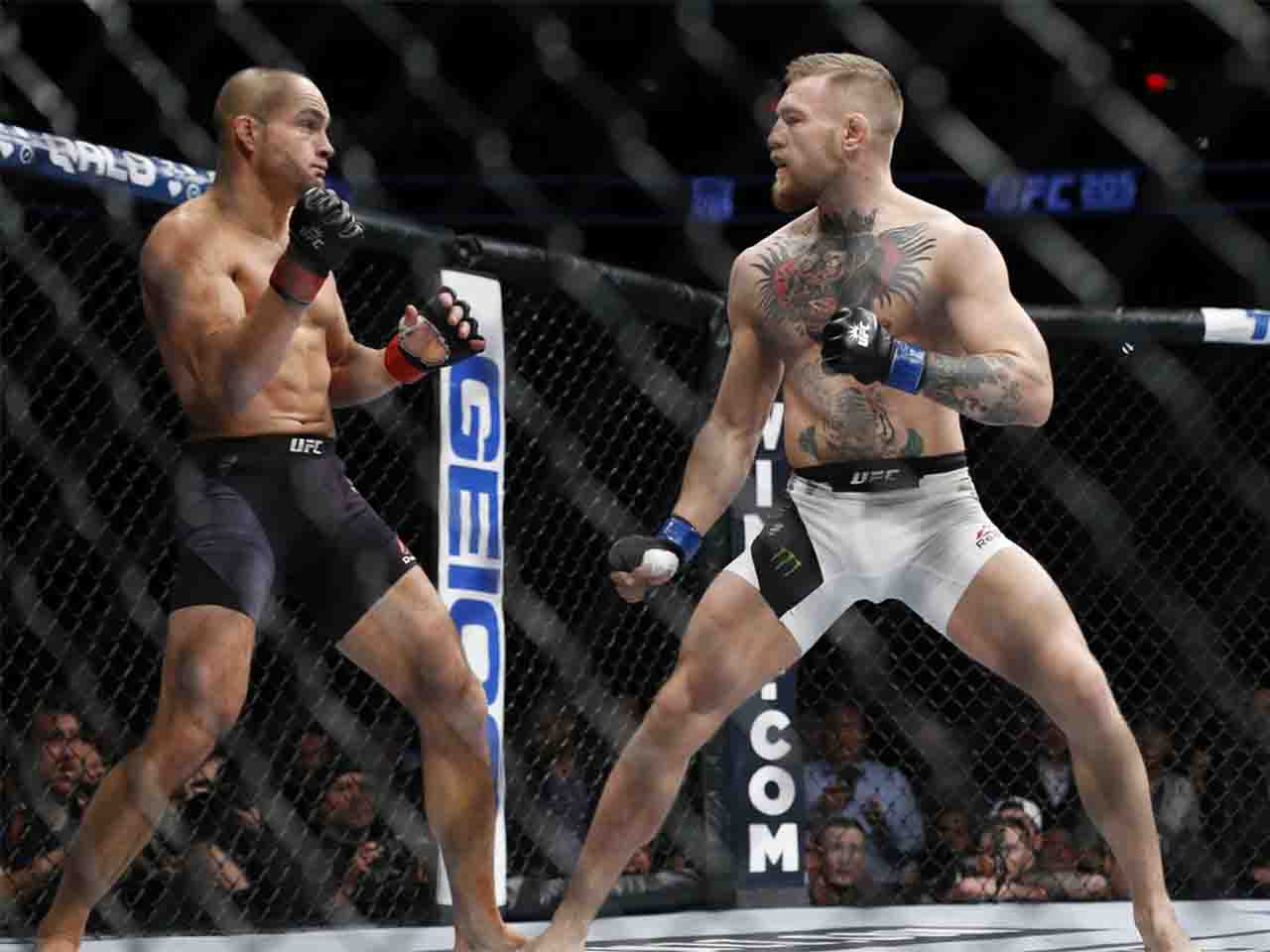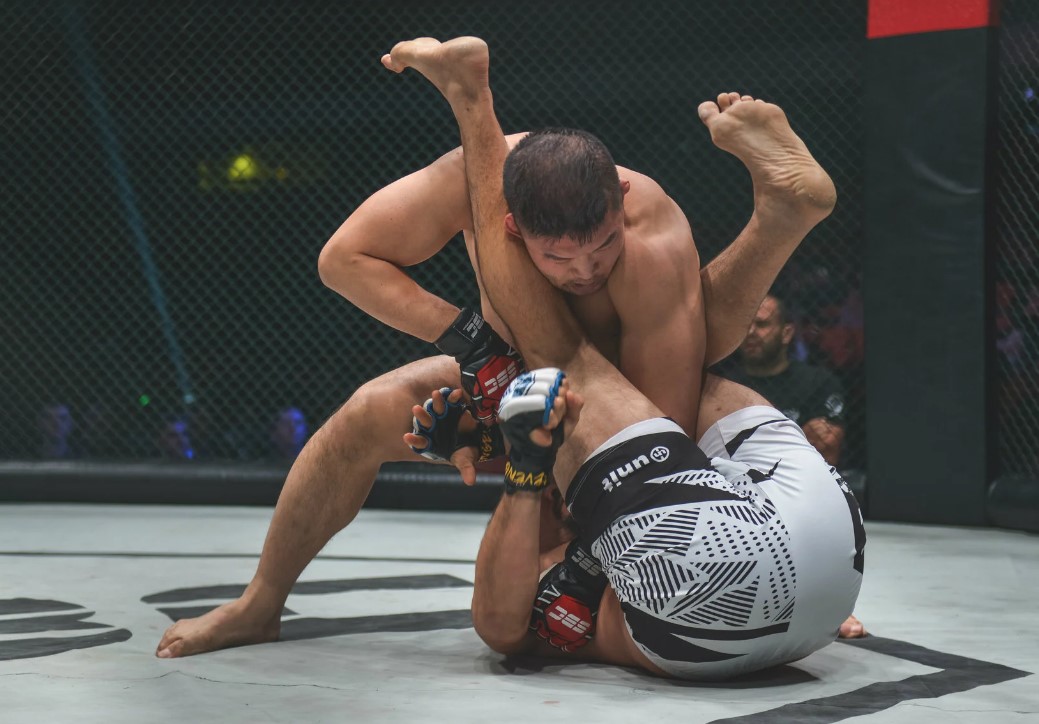
The world of sports is constantly evolving, and few phenomena have made as significant an impact as the rise of Mixed Martial Arts (MMA). What began as a pursuit rooted in traditional combat techniques has transformed into a global spectacle that captivates audiences across all demographics.
You only need to glance at the explosive growth in MMA popularity worldwide, particularly through organizations like the Ultimate Fighting Championship (UFC), to understand this shift. With its intricate blend of strategy, skill, and raw physicality, MMA showcases a unique combat experience that resonates deeply with fans.
Key Takeaways
- The rise of MMA represents a significant shift in the evolution of combat sports.
- Mixed Martial Arts combines various disciplines, attracting diverse audiences.
- The Ultimate Fighting Championship (UFC) has played a crucial role in promoting MMA globally.
- MMA’s growth is marked by increased viewership and fan engagement.
- Understanding the dynamics of MMA offers valuable insights into its broad appeal.
Understanding Mixed Martial Arts
Understanding Mixed Martial Arts requires delving into its rich historical context and recognizing the key components that shape the sport today. Mixed Martial Arts, often abbreviated as MMA, is not a recent phenomenon; it has deep roots that trace back to ancient combat practices.
Origins and Historical Context
The origins of MMA can be found in various ancient fighting systems. For instance, the ancient Greeks practiced pankration, a blend of boxing and wrestling that embodied principles still relevant in modern MMA. In the early 20th century, Brazil’s Vale Tudo contests showcased fighters from different disciplines, leading to a more open competition format.
Key Components of MMA
The key components of MMA encompass a mix of martial arts techniques that include striking, grappling, and ground fighting. Fighters train in various disciplines such as boxing, Muay Thai, judo, and wrestling, developing a versatile skill set. This multifaceted approach allows athletes to adapt to any situation during a fight. Understanding these components is essential for appreciating the strategic depth and athleticism that MMA requires.

The Rise of MMA ─ Why Mixed Martial Arts Is Taking the World by Storm
In recent years, Mixed Martial Arts has experienced a remarkable transformation, solidifying its position in the global sports arena. This surge reflects a confluence of factors driving MMA growth trends, with a broadening appeal that resonates with diverse audiences. As fans flock to various MMA events, the sport has surged in popularity worldwide.
MMA Growth Trends in Recent Years
The number of fighters and events has escalated, leading to unprecedented viewership levels. Organizations like the UFC have played a pivotal role in this MMA expansion, promoting fighters and events that captivate audiences. Enhanced training facilities and advanced coaching techniques have boosted athlete performance, further contributing to the sport’s allure.
In addition, media exposure has significantly increased, with platforms focusing on fighters’ stories and the sport’s dynamic nature. The reality show “The Ultimate Fighter” exemplifies this shift, allowing audiences to connect deeply with participants, enhancing MMA popularity worldwide. Notably, the rise of female athletes has diversified fan engagement. Pioneers such as Ronda Rousey have shaped this landscape, drawing in new supporters and cementing MMA as a mainstream option in combat sports.
Overall, these trends indicate a vibrant and flourishing future for MMA, as it continues to evolve, attract, and inspire a global audience through riveting events and compelling narratives.
For those interested in exploring the fascinating world of MMA further, see more. Overall, these trends indicate a vibrant and flourishing future for MMA, as it continues to evolve, attract, and inspire a global audience through riveting events and compelling narratives.

MMA’s Dominance in the Combat Sports Arena
MMA’s dominance within the combat sports arena is underscored by the influence of several prominent fighters who have helped redefine the sport. These figures have not only showcased exemplary skills but also played a pivotal role in popularizing MMA across various demographics. Their contributions, recognized globally, highlight the evolution of the sport from niche competitions to mainstream athletic events.
Prominent Fighters and Their Contributions
Prominent MMA fighters have become not just athletes but also cultural icons. Fighters like Ronda Rousey, Anderson Silva, and Conor McGregor have made significant strides in elevating the sport’s profile. Their unique fighting styles and dynamic personalities have captivated audiences worldwide. Rousey paved the way for female fighters and demonstrated that women can dominate in a male-dominated arena.
Impact of Major Organizations
The impact of UFC and other MMA organizations cannot be overstated. UFC’s innovative marketing strategies and high-quality production have set a standard for combat sports. Events attract millions of viewers and feature some of the biggest names in the industry.
Other organizations, such as Bellator and ONE Championship, have also played important roles in diversifying the MMA landscape and promoting new talent. By fostering competitive environments and providing platforms for fighters, these MMA organizations have significantly contributed to growing the global audience for mixed martial arts.
| Fighter | Weight Class | Titles Held | Major Contributions |
| Ronda Rousey | Women’s Bantamweight | UFC Women’s Bantamweight Champion | Pioneered women’s MMA, increased visibility and participation |
| Anderson Silva | Middleweight | UFC Middleweight Champion | Set longest title defense record, showcasing striking abilities |
| Conor McGregor | Featherweight / Lightweight | UFC Featherweight and Lightweight Champion | Enhanced MMA’s global appeal through charisma and boxing skills |
Conclusion
Your exploration of the rise of Mixed Martial Arts reveals a sport that has not only captivated audiences but also transformed the combat sports landscape. From its rich origins to its present-day innovations, MMA has carved out a respected space that blends various martial arts into a single, dynamic competition. The Conclusion on MMA emphasizes how the synthesis of diverse fighting styles has created a unique experience for fans and athletes alike.

FAQ
What is Mixed Martial Arts (MMA)?
Mixed Martial Arts (MMA) is a competitive sport that combines various martial arts disciplines, including striking and grappling techniques, allowing fighters to utilize a wide range of skills in combat.
How did MMA become popular worldwide?
MMA gained worldwide popularity primarily through organizations like the Ultimate Fighting Championship (UFC), which brought the sport into mainstream media, showcasing thrilling fights and dynamic fighters that captivated audiences.
What are some key milestones in the history of MMA?
Key milestones in the history of MMA include the inception of the UFC in 1993, the rise of Brazilian jiu-jitsu under the Gracie family, and the development of other combat sports events around the globe that helped elevate the visibility of MMA.
What factors contribute to the growth of MMA?
Factors contributing to MMA’s growth include advanced training facilities, increased media exposure, the rise of social media, and a growing community of fans and fighters that support the sport.






